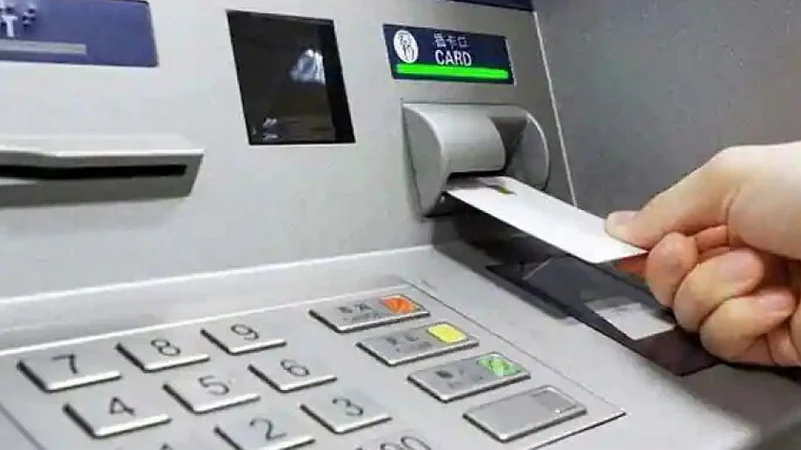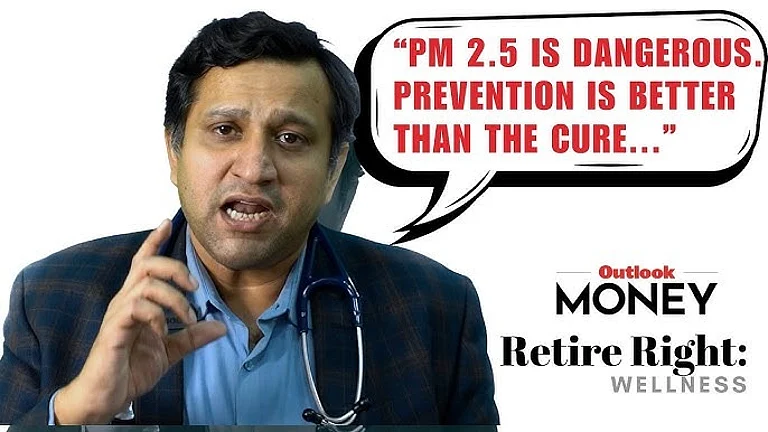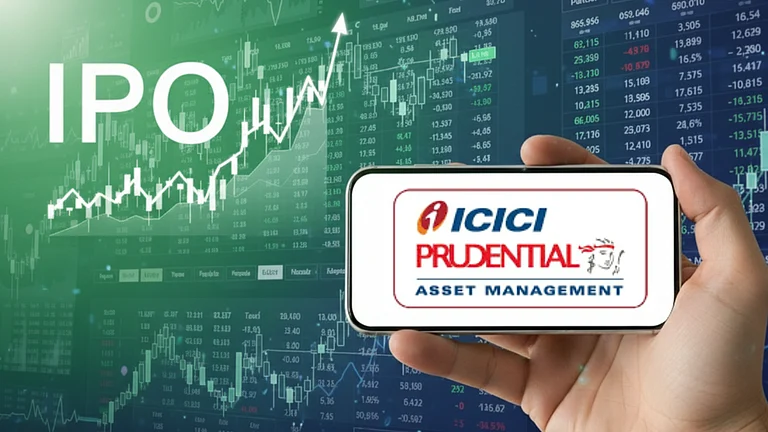You go to an ATM booth, withdraw some money, count it, and then walk off, forgetting to take back your debit card from the machine. This is one of those machine that swallows the card to read the encrypted data to carry out the transaction.
Next morning, you find to your horror that your debit card is not in your wallet. You call the bank on the customer care hotline and get the card blocked.
Thankfully, no money is lost and you apply for a replacement card for some extra fee.
But what if you choose to claim your card back by visiting the bank branch or the ATM kiosk instead of blocking it? Is it possible? Or can a fraudster misuse your ATM case he/she gets access to it?
What Happens If You Forget Your Card At An ATM?
There are two scenarios to this – whether you used your card at your own bank’s ATM or another bank’s ATM.
If you have an account with Bank X and forget your card with any ATM maintained by another bank, your ATM card will be destroyed.
Chitrabhanu K G, senior VP and country head, retail assets and cards, Federal Bank, explains that if a customer of another bank forgets to collect his card at the ATM, then the bank branch which maintains the ATM will destroy the card.
“In cases such as these, the bank branch which maintains the ATM cannot identify the customer of the other bank, and hence, the card cannot be given back to the customer. In accordance with the current procedure, the ATM officer of the branch will record the number and name on the card in a register and will destroy the card,” adds Chitrabhanu.
Even if you manage to reach the other bank or branch (other bank) where the ATM was located to collect your card, then also you won’t get it back.
Says Sony A, general manager and CIO of South Indian Bank, “If you forget your card in an ATM slot or premises, and if a good fellow hands over the card to the branch running the ATM, then also the branch will not be able to contact the customer based on the physical card details, nor would they be able to hand over the card to a person claiming that it belongs to him, unless it is the home branch of the customer, where the authenticity may be confirmed.”
Also there is no provision to contact the card network available currently.
“Acquiring banks will not be contacting VISA/Rupay/ MasterCard, as there is no such procedure currently available and the information at their end also would be minimal,” adds Sony.
According to Sony, customers should immediately call their bank to block the card the moment they find it missing, and apply for a fresh card.
But what happens if you lose your card in an ATM that is maintained by your bank?
In that case, the process differs from bank to bank. Some bank will return your card after verification. Some other bank will return it only if the ATM comes under your home branch. For instance, let’s assume you have an account at Branch X, which has 10 ATMs under it. If you lose your card at any of these 10 ATMs, the bank will return your card after verification. If you lose your card at any ATM outside of these 10 ATMs, you will not get your card bank.
This, however, varies from bank to bank.
Can Someone Fraudulently Use Your Card Or Clone It?
If you forget to take out the card from the machine and a fraudster gets hold of it, then also he/she cannot use it for further cash withdrawal or any transaction without knowing the PIN of the said card.
“In India, most of the cards contains EMV Chip, wherein even if the card is cloned (from the magnetic strip on the rear), the chances of withdrawing money using the cloned card is very less, as most of the banks do not permit such debits against magnetic strip details,” Sony adds.
However, a fraudster can use the said card for contactless payment transactions, up to the limit of Rs 5,000 per transaction, if the said facility is enabled for this card.
But there is a remedy for this, too.
Chitrabhanu said that every banking customer is “provided with 24x7 access to card management modules, through multiple applications, including mobile banking app, Netbanking, ATM, IVR, and bank branches through which he/she can switch off facilities like international card transactions, e-commerce transactions and contactless payments.
“In case the customer identifies that he has lost the card, he can either block specific features, or permanently block the card through any of the channels so that further transactions will not be allowed with the card,” adds Chitrabhanu.
A spokesperson for Visa said in a statement that it is important that a customer notifies the card issuing bank immediately on loss of card so that necessary actions can be taken.
Regarding contactless cards, Visa said in a statement that “contactless cards have numerous layers of security built into them, both at the bank level and the network level. Card networks employ various security measures and protocols to pre-empt, identify, and flag suspicious transactions for banks to act upon.”
Regarding whether the cards can be cloned or not, Visa said in a statement that EMV compliant chip-based contactless cards are “almost impossible to clone.” Nonetheless, as a prudence measure, consumers should use their bank’s card control functions to disable all contactless features of the card and block its access as soon as the customer notices the card missing.
What Should You Do For A Safe Banking Practice?
You should note down your bank’s customer service number or card hotlisting number and always keep a track of your bank balance. In case you have lost your debit/credit card, immediately open your mobile banking/Netbanking apps and website to access your bank’s card control management. Then you should disable all functionality of the respective card, including the contactless option (if you have that).













